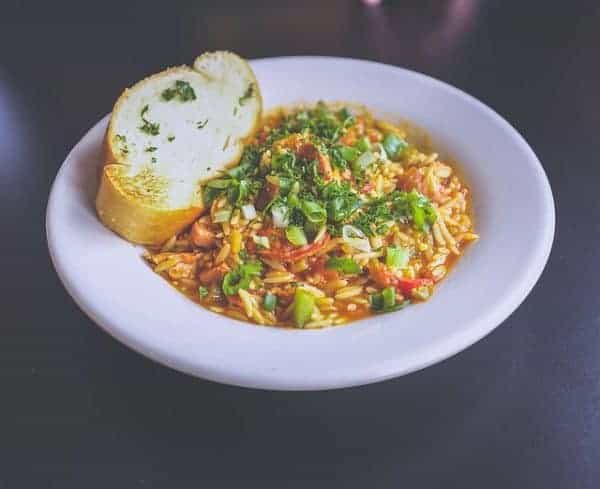Tips, information and resources to help you provide the perfect warming meals for your client this winter.
The winter brings with it many additional risks to the elderly. One major risk is malnutrition which affects over 1 million people over the age of 65 in the UK. The elderly are also at risk of issues with the cold and are particularly at risk of hypothermia. To combat both of these issues as a live-in carer, there are many delicious, warming and nutritious winter meals you could prepare for your client. As a live-in carer, you can enhance your client’s health and well-being with the hot meals you create.
If you are looking for a little inspiration as to what to make your client for meals this winter, these warming winter meals will help inspire your menu in no time:
Almond Milk Porridge With Peanut Butter, Banana And Dark Chocolate
Porridge is always warming, but you can make it extra nutritious too. Almond milk is fortified with vitamins and minerals and the unsweetened kind is low in calories and fat, but contains protein. Add to your porridge low-salt peanut butter for healthy fat, a square of dark chocolate for antioxidants and a little indulgence, and then pop a banana on for a potassium boost.
Egg On Toast
Anything on toast is comforting, but in winter it is extra-convenient and easy if your client’s appetite is poor. Eggs that are boiled, poached or scrambled on wholegrain toast makes a delicious breakfast or light lunch that is high in protein and fibre.
Avocado Toast
So simple yet so delicious. Get some healthy whole grain bread and toast it, mash up some avocado with lemon juice, black pepper and salt and pop it on top. For a healthy Sunday breakfast, smoked salmon and a poached egg are ideal companions to this healthy start to the day.
Winter Buddha Bowl
Buddha bowls are an excellent way to mix and match foods to make a delicious bowl that is nutritious and very beautiful to look at. In winter, you can make warming buddha bowls with curried or roasted vegetables, kale and other greens cooked meats, warm grains or whole grain rice, and anything else you think could make your bowl extra-delicious. Making tubs of different bowl components at the weekend for the coming week is a really great way to have a variety of easy buddha bowl components to throw together for a warming winter bowl of lovely lunch for your client.
Veggie Packed Pasta
Pasta is extremely comforting but, if your portions are too big it can be a real issue in regards to weight gain. One way to make a filling pasta without going too heavy on the calories is to do a veggie packed pasta with small pasta shapes such as orzo. Limit brown pasta to the recommended portion size per person, but then fill out the meal with nutritious roasted veggies like tomatoes, peppers, courgette and aubergine. For added low-fat and low-calorie protein, why not add some soya mince to make a Bolognese sauce? It makes the meal extra filling without adding on too many calories.
As a live-in carer, you are responsible for helping maintain your client’s nutrition. With delicious meals like the above and the many recipes available online, you can ensure your client has warming meals all winter.


2 Comments. Leave new
A bit unlike winter at the moment but I’m sure there is more cold weather to come so I’ll happily take the Buddha bowl. Didn’t know avocado on toast was a particularly winter warmer.
It was 18.5 degrees C on the Sussex coast yesterday – had to remind myself it was February in the UK. But whatever the weather avocados are very nutritious and make a simple, easily digestible meal for breakfast or a light lunch. A good, delicious and healthy snack for those times when a full meal is simply too much.
They contain an astonishing 20 different vitamins and minerals including Vitamin A, C, B5, B6 and E, as well as potassium, magnesium, iron and zinc.